Respect the retrospective
WORDS Joshua Brosnahan PHOTOS Tirohanga Photography
When I found this place, it was a long term rental. It had been badly treated, smelled bad, was stained, dirty, and even had broken chairs in the back yard… it was perfect.”
Edd Coomber’s 1977 two-bed townhouse is well on its way to something well past its original glory, with dark, moody accents, key lighting details, and a no-nonsense, modern approach to space and light.
According to Edd, a big drawcard was the original condition of the place. It had to be original, not ‘someone else’s bad reno job’.
“I wanted something from the ’70s with a bit of that Christchurch Modern feel to it. An old Warren and Mahoney or Peter Beaven would have been amazing but way out of my budget. I wanted a property that I could afford easily on my own. As one of five townhouses, Edd’s pad is at the end of the lot and has the advantage of a wide side yard area on the western side.
Edd works as an architectural designer with Common and says the renovation started in his mind the day he saw the place. He describes the yard as a ‘rental wasteland’, with the two living room windows essentially disconnecting you from the space, with only the rear door to access the outdoor area. Edd confesses that, like most first time renovators, he had to be content with a ‘good clean and a paint, along with a lot of landscaping’ for a couple of years, but notes there was value in living in the space before embarking on the edits.
The original floor plan had a main living area connected to a separate kitchen via an archway and a laundry off the stair/hallway area. Upstairs has a bedroom at each end with a bathroom and separate toilet between them, like many 1970s townhouses around Christchurch.
The ground floor was opened up to allow for a more flexible space, with a new door cut into one of the existing windows to allow access to a deck and better connect the house and garden. The cupboard under the stairs was removed to widen the living area and expose the existing concrete block pier. In its place, a built-in sideboard and shelving maximise storage.
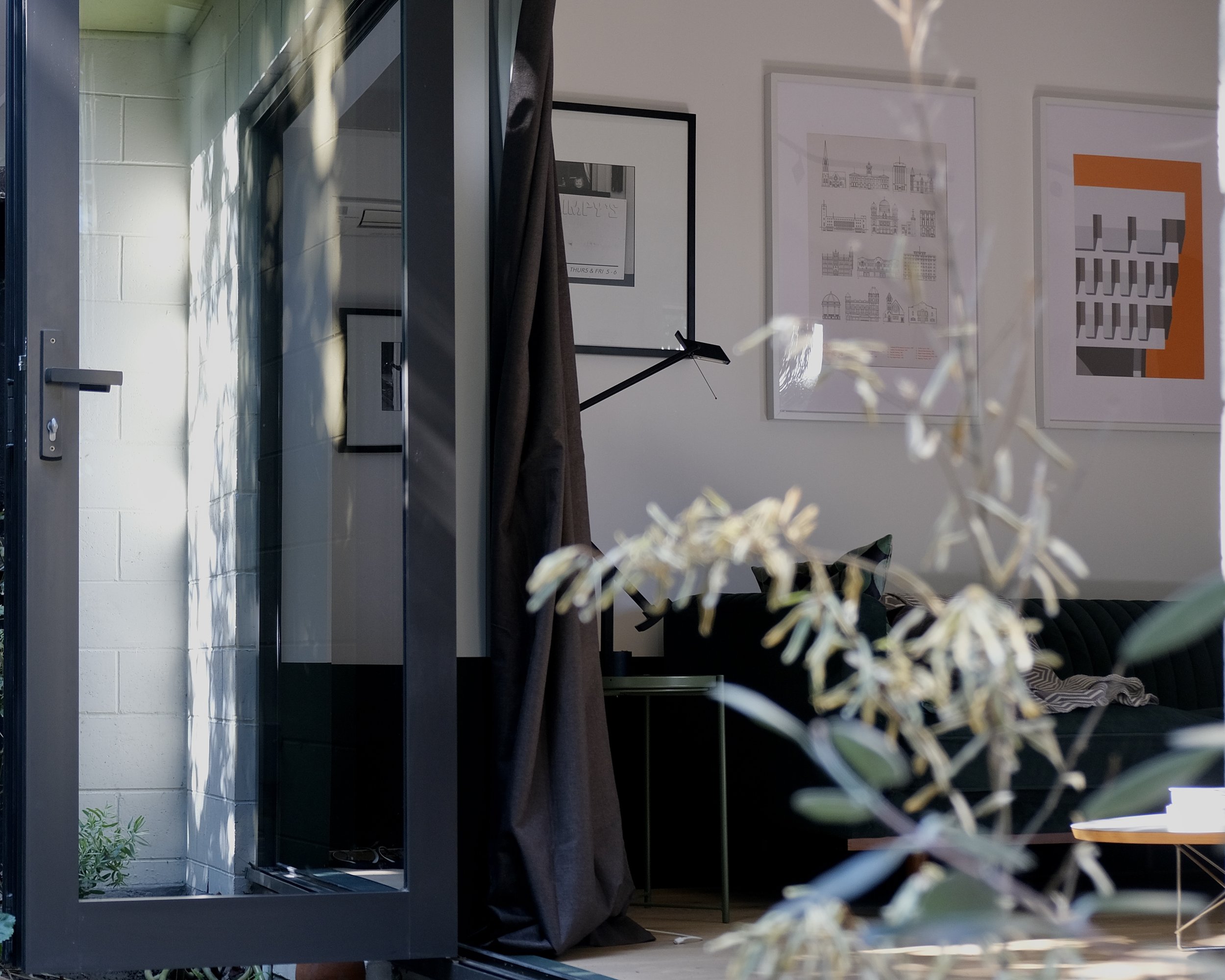
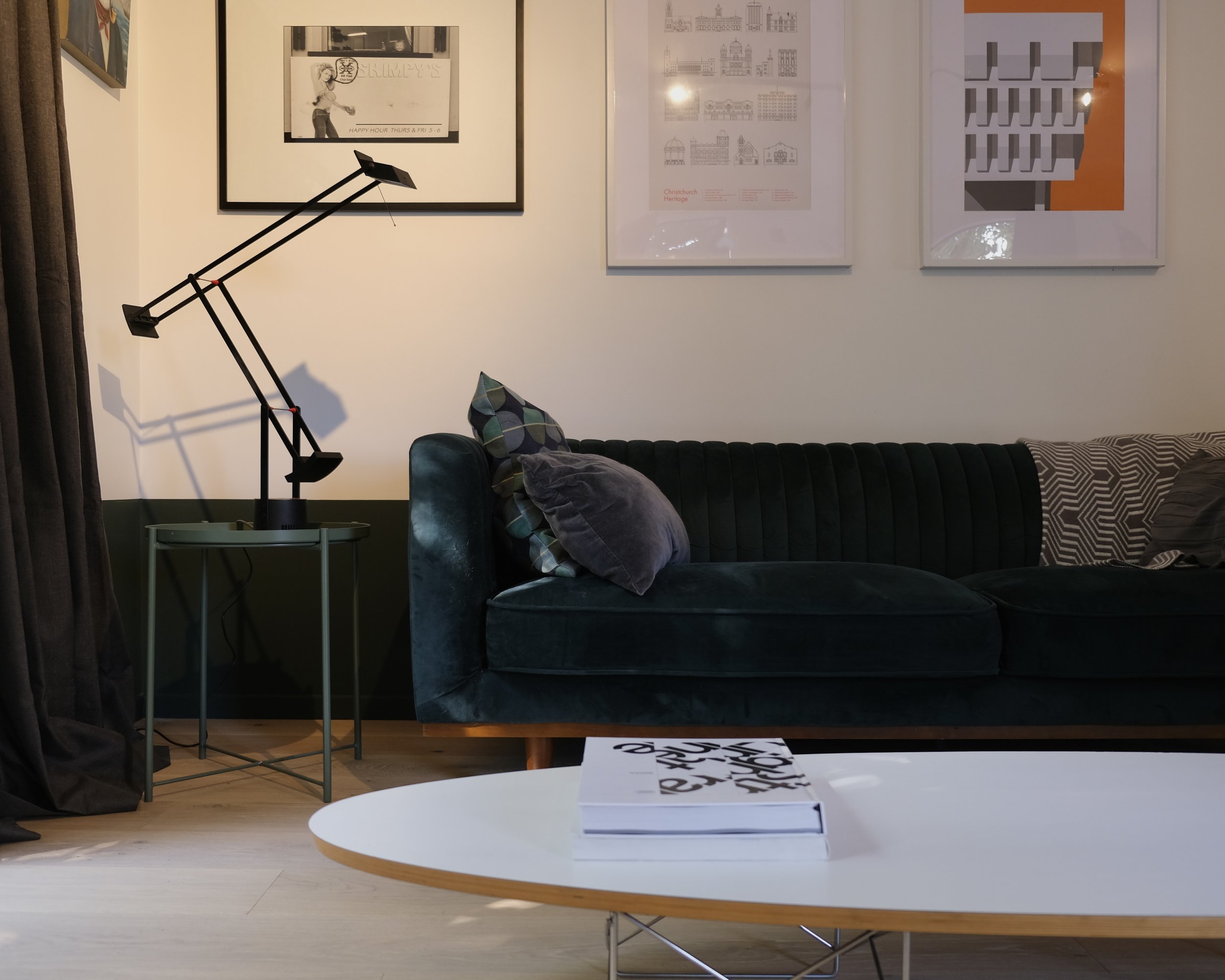
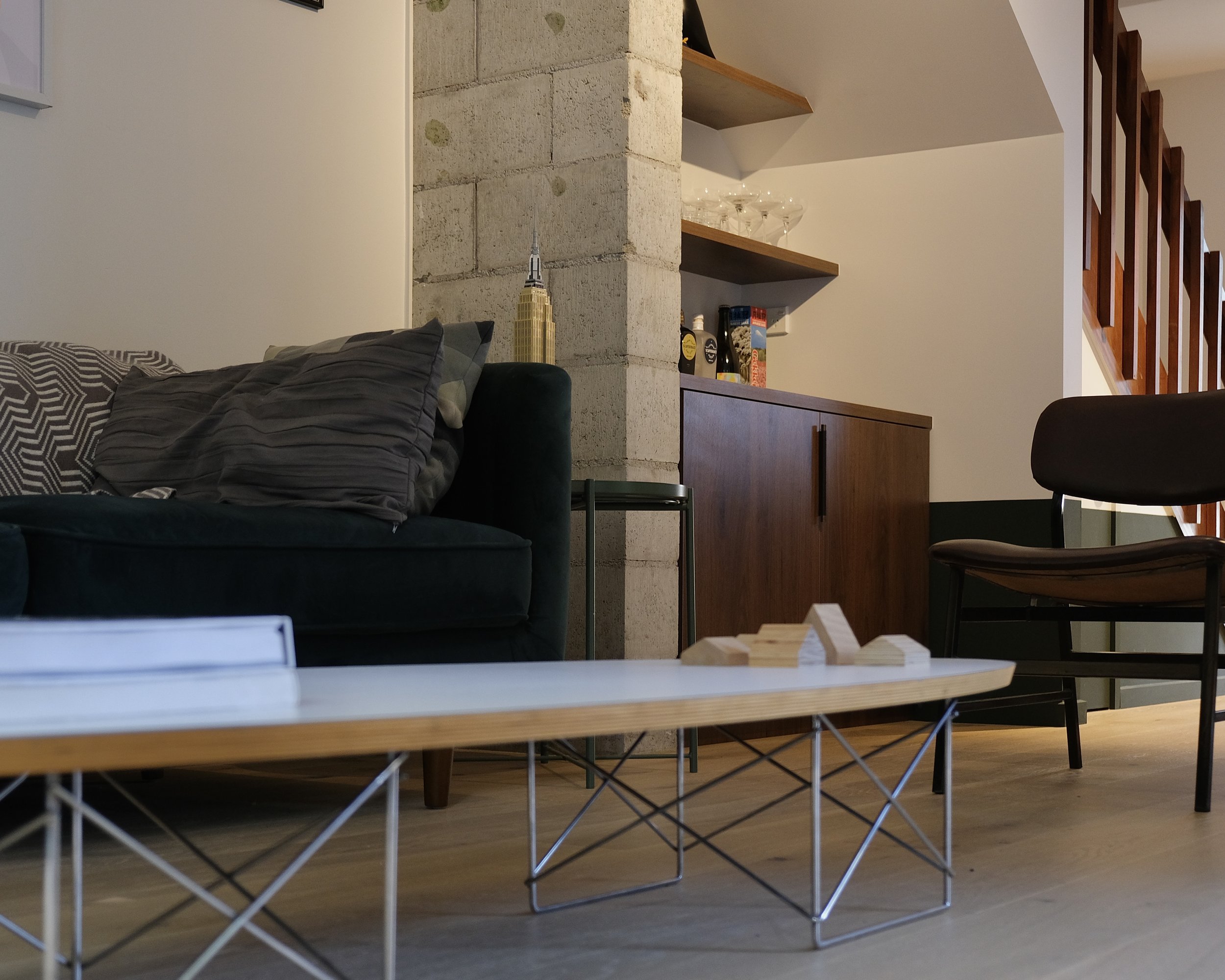
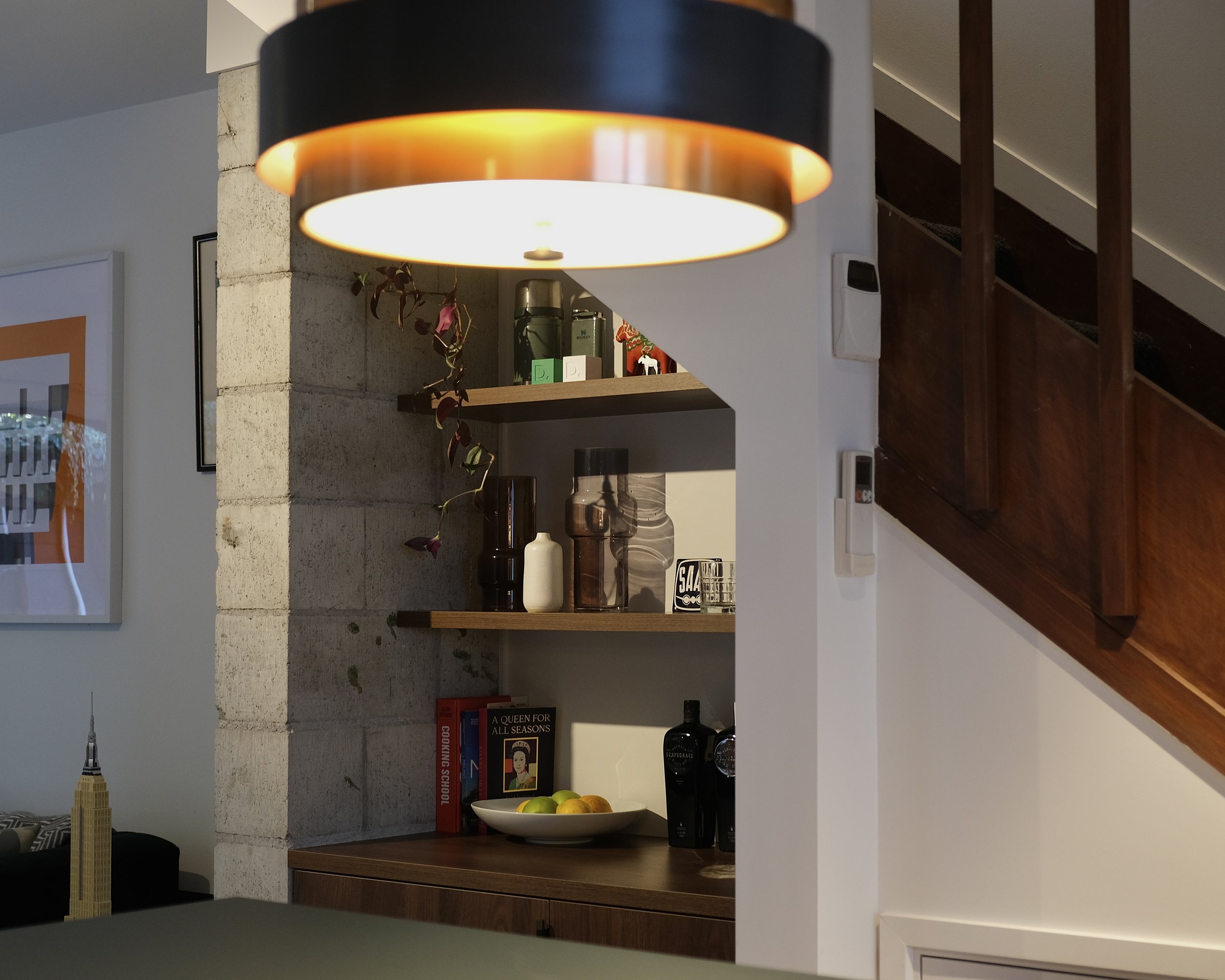
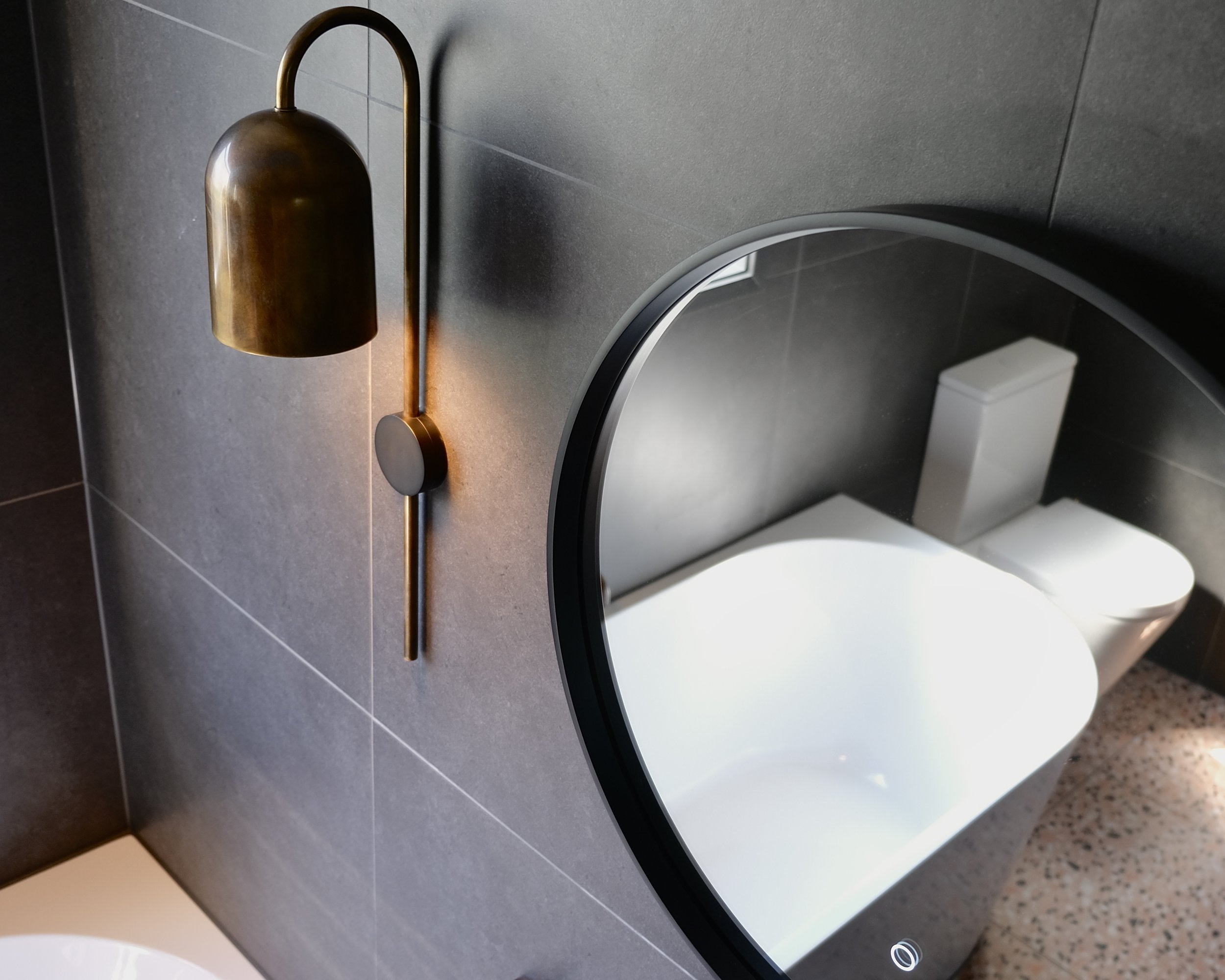

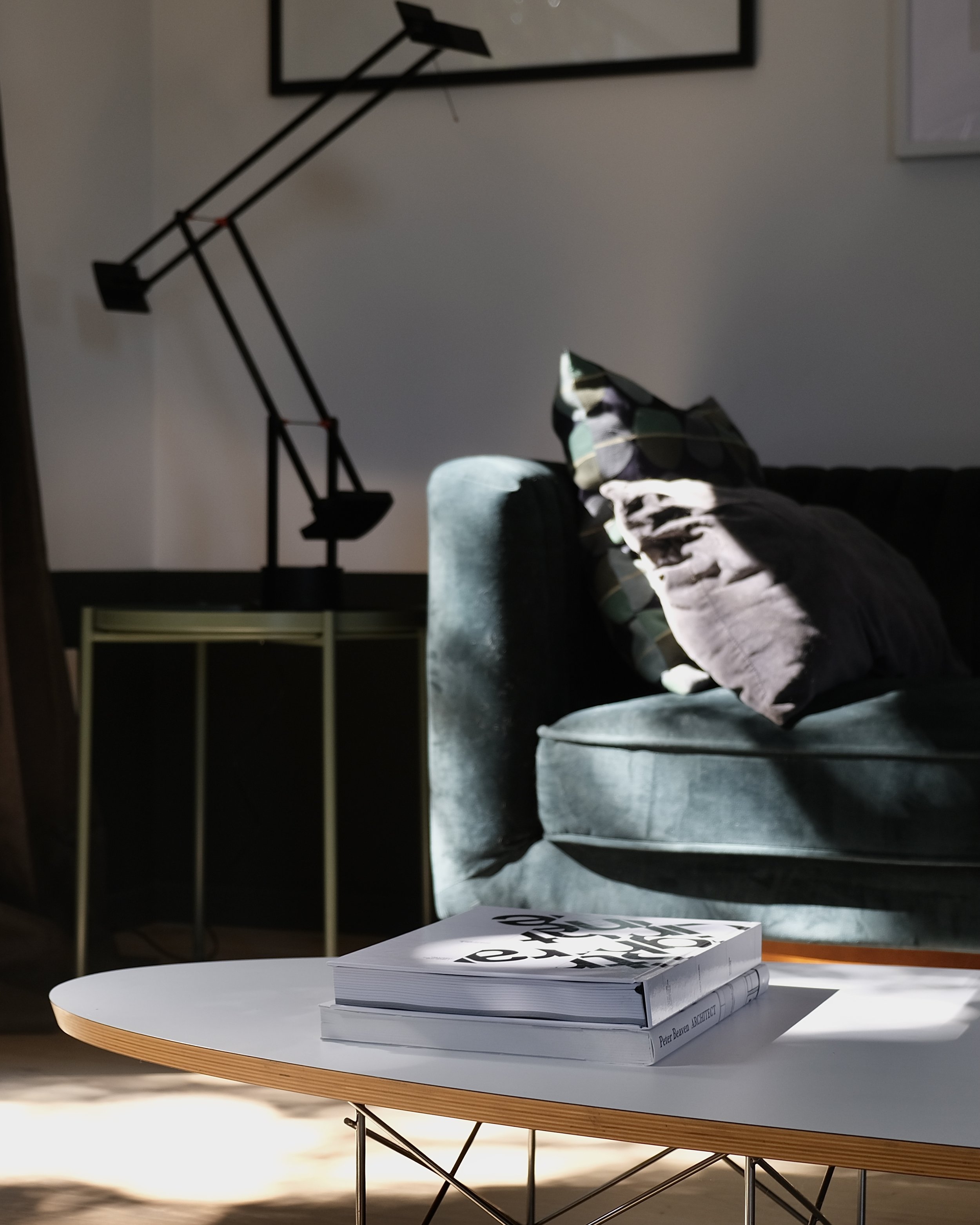
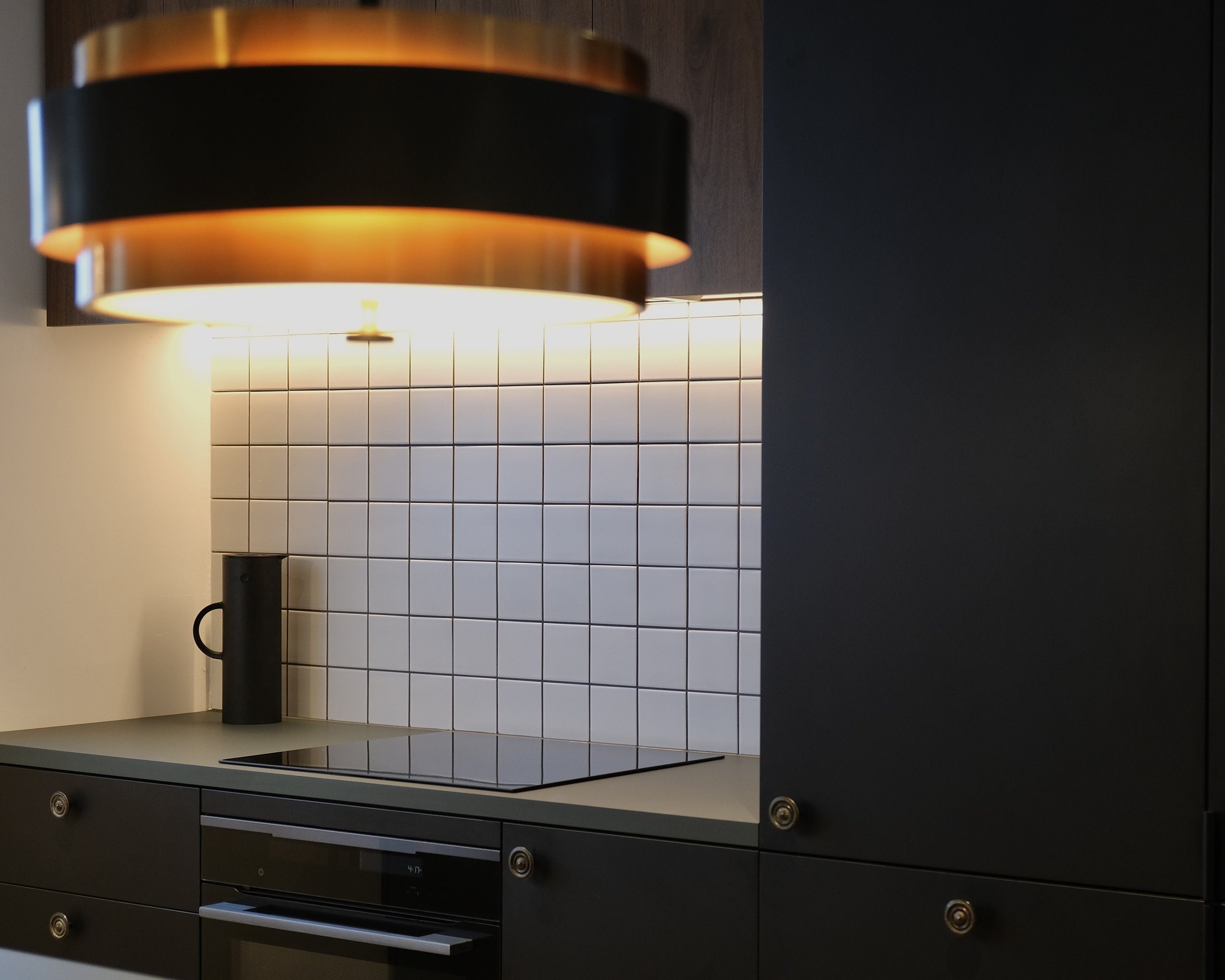
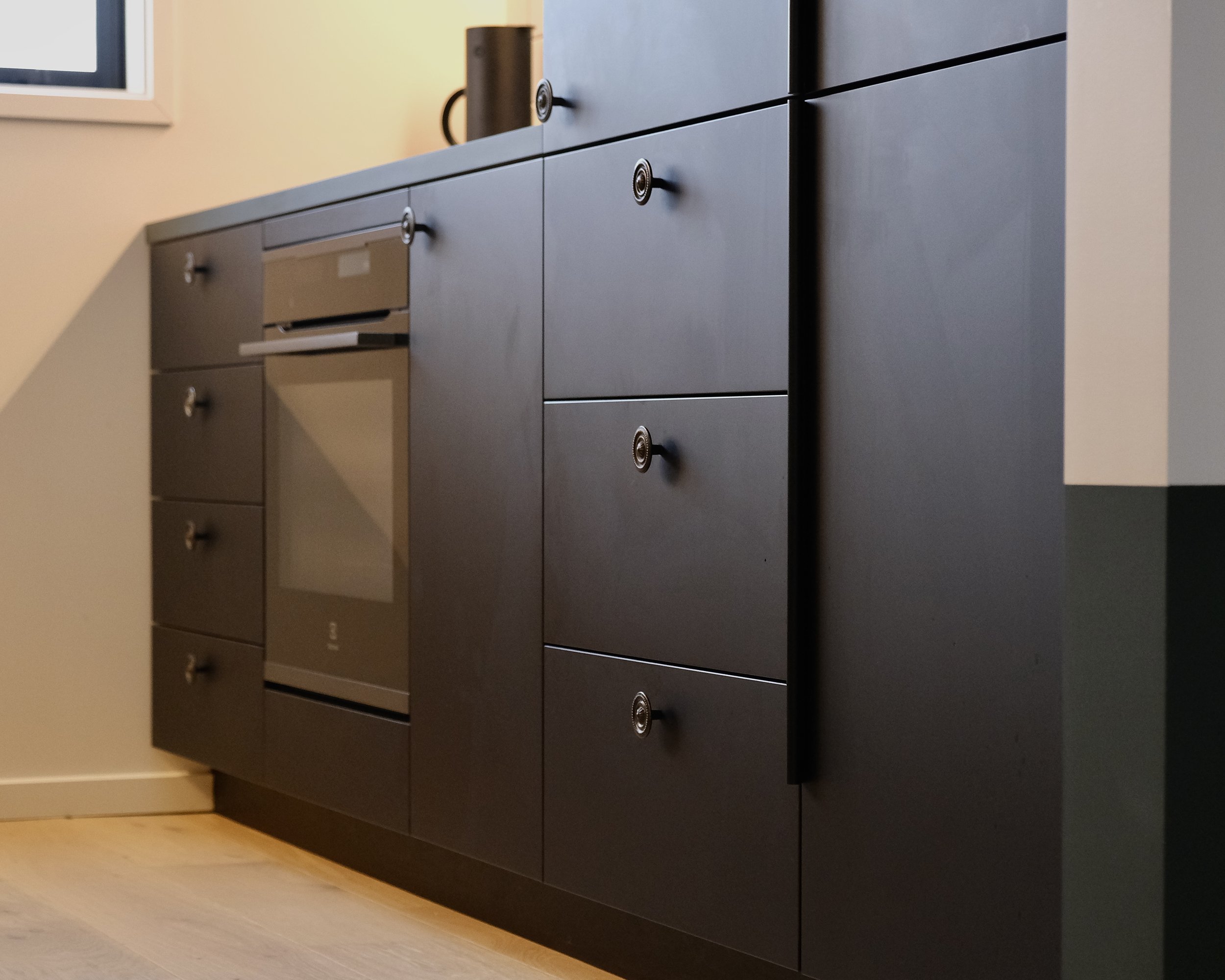
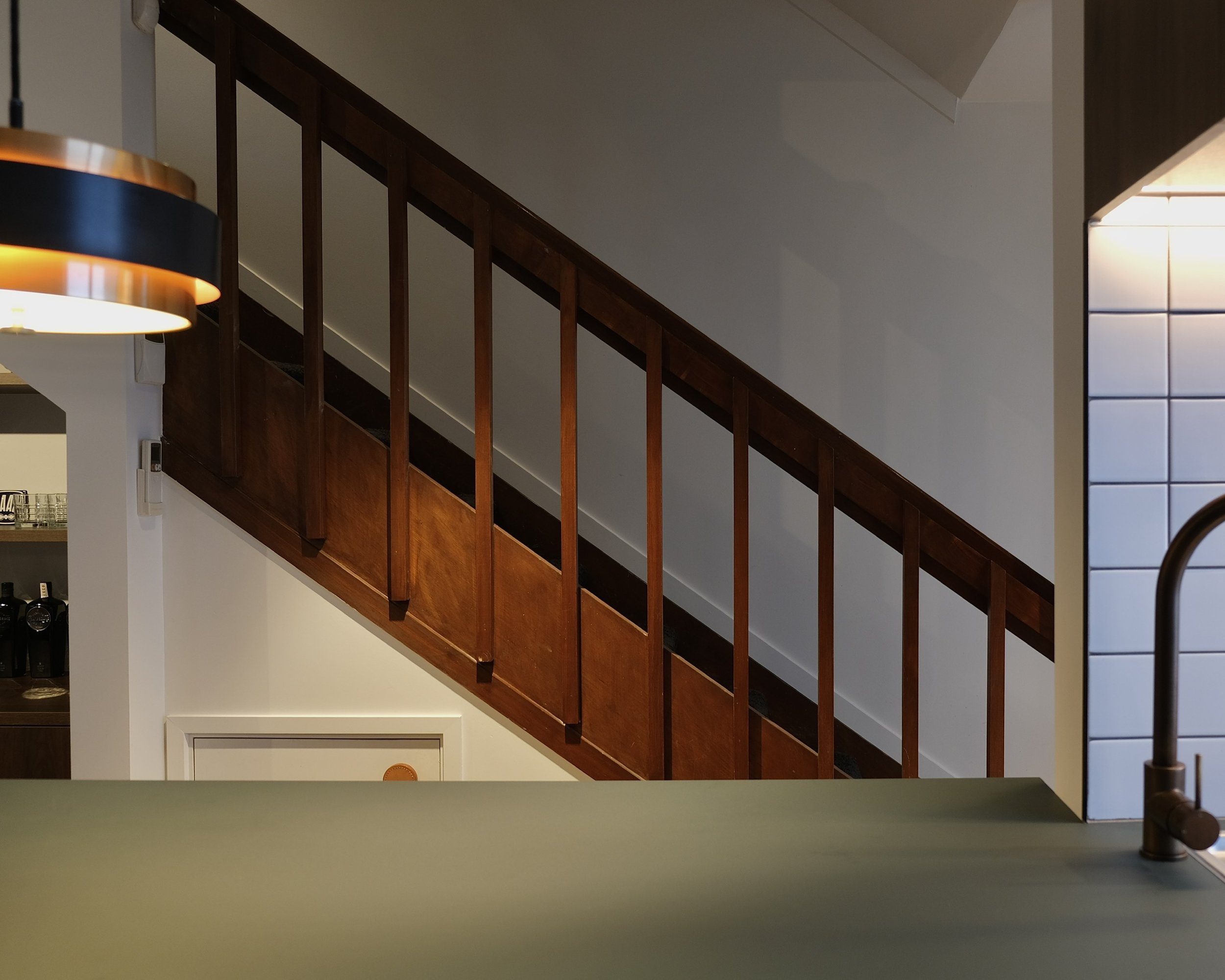
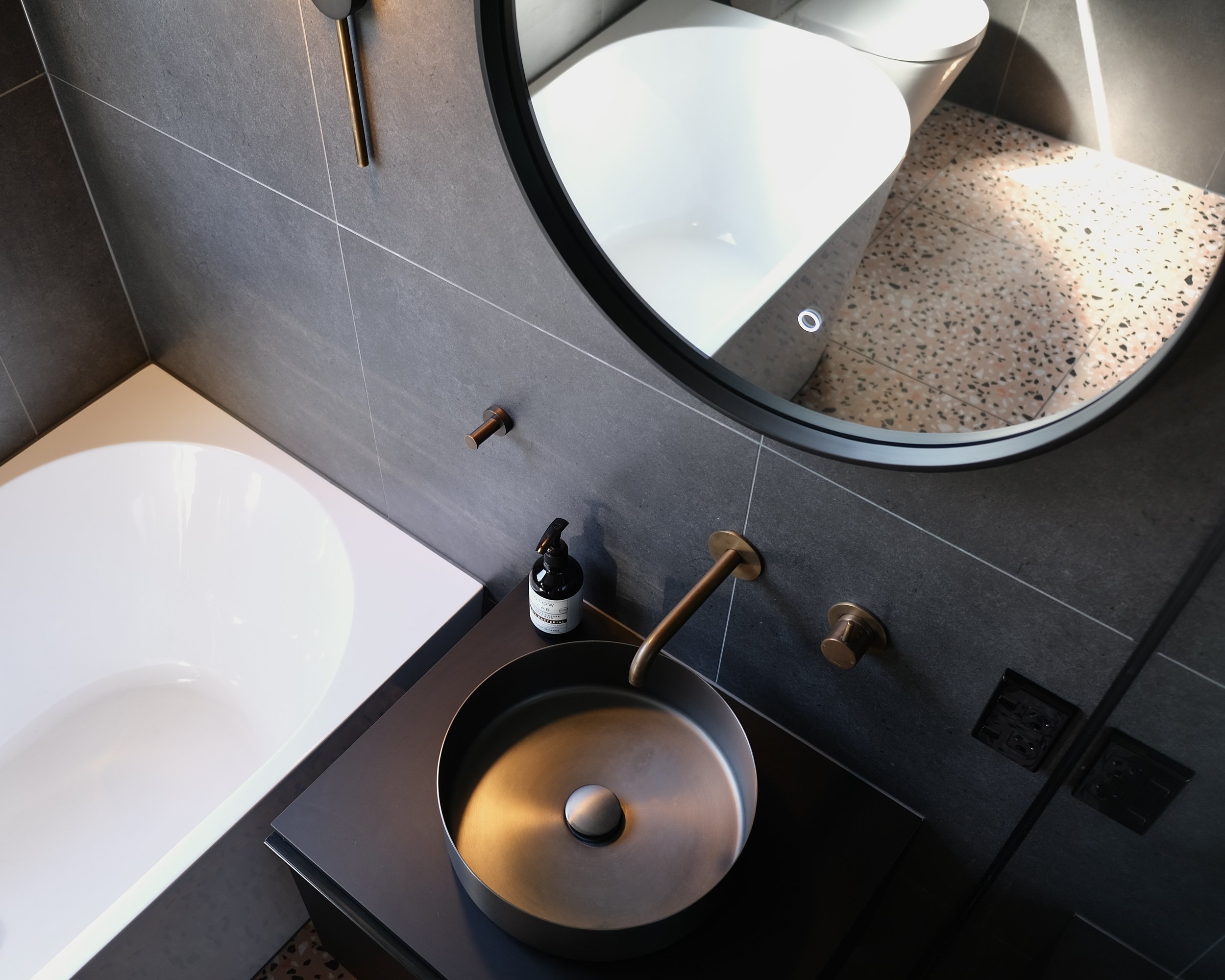

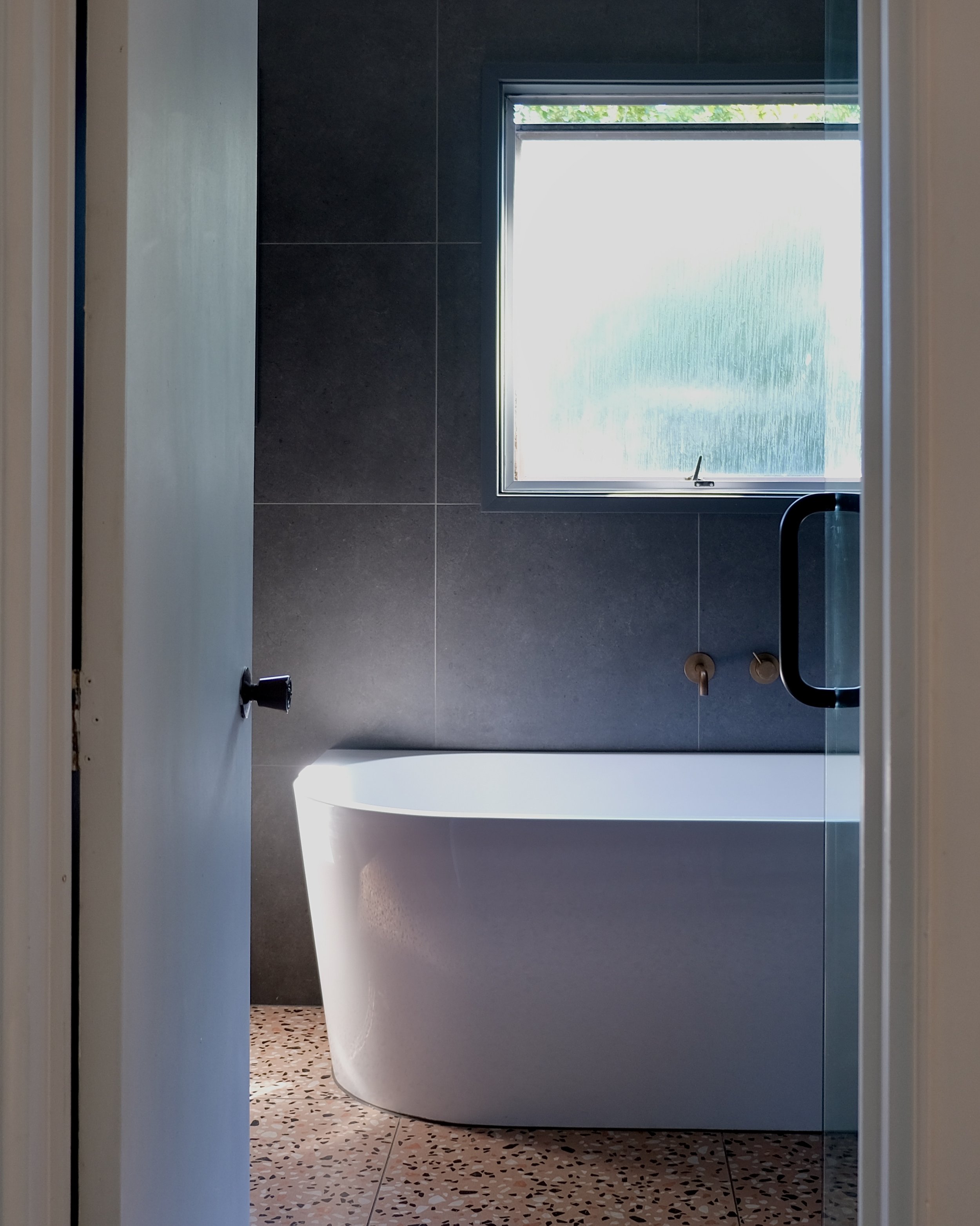

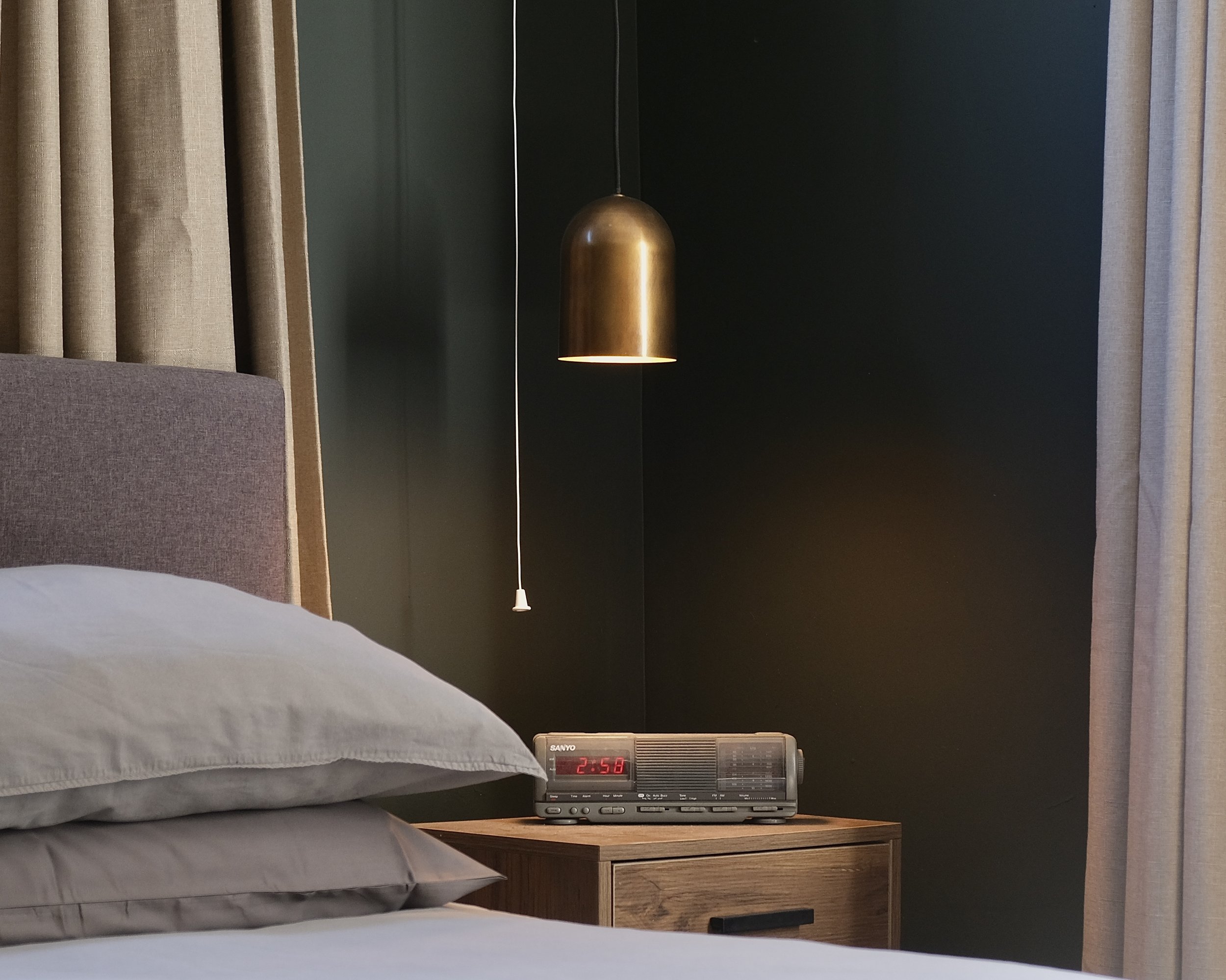
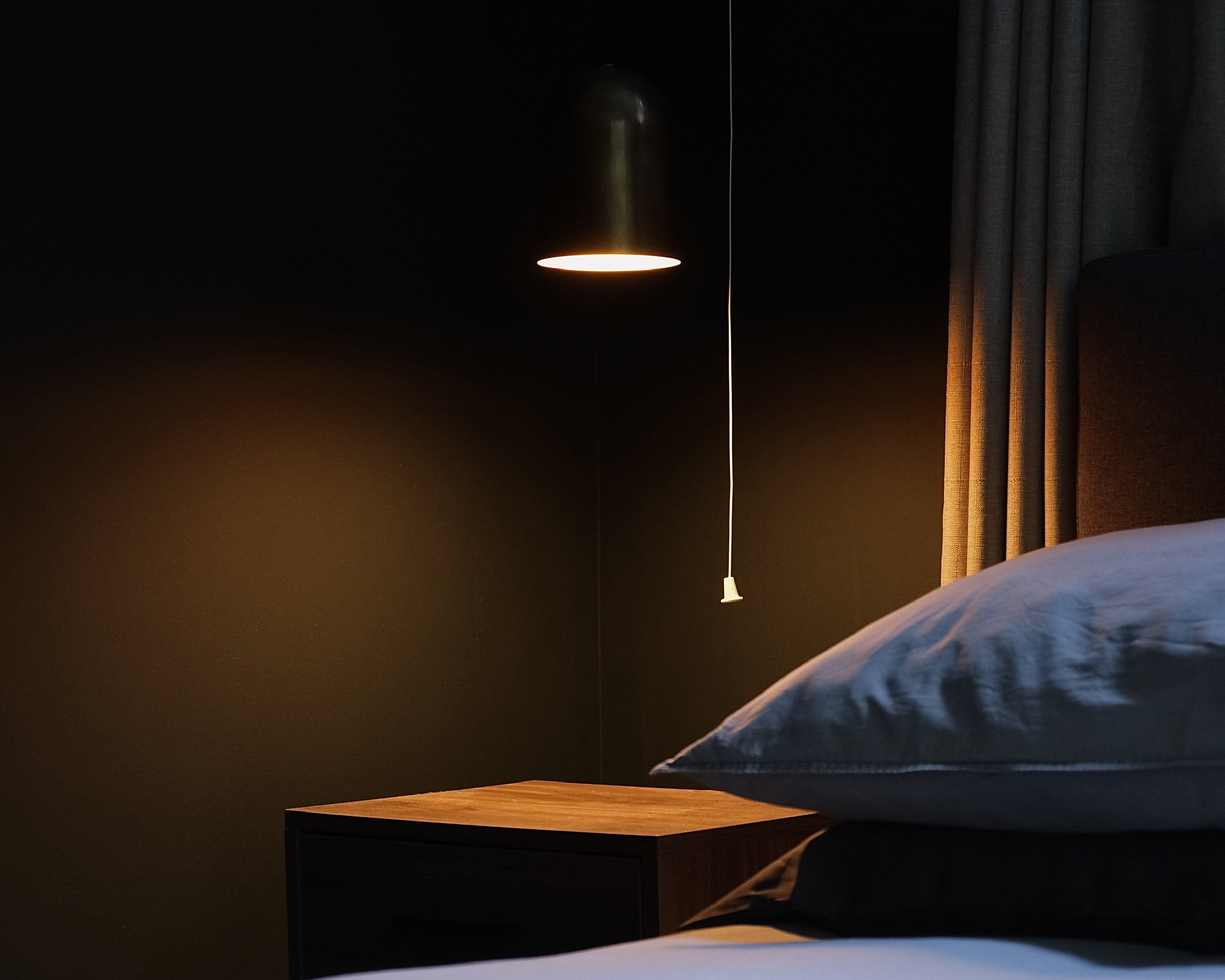



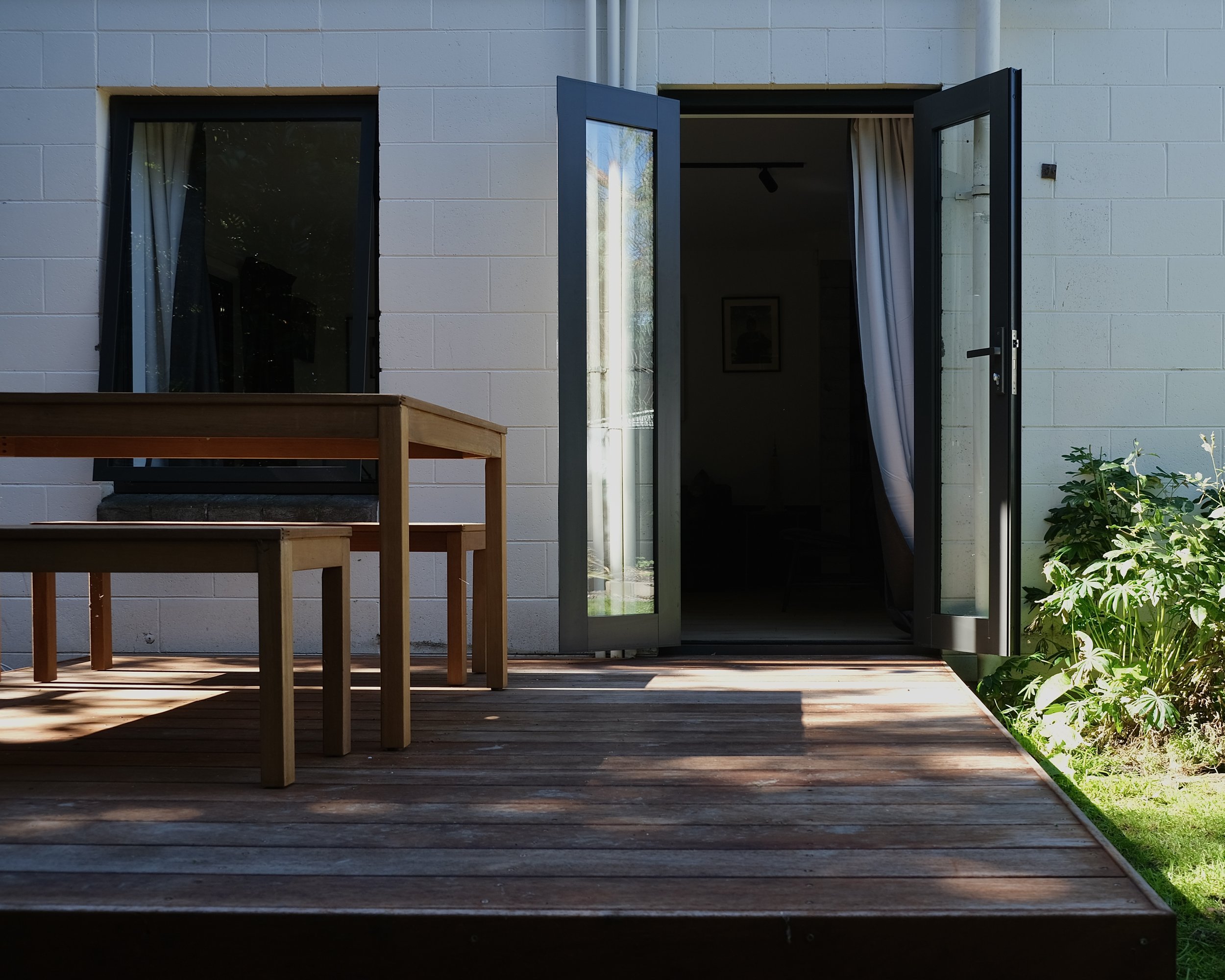
Laminate has been used for benchtops and timbers, similar to the original veneers used in the kitchen. The original knobs were also used along with new hardware from Made Measure as a nod to the house’s history while retaining the coherence with the existing matching door hardware upstairs.
The original stair balustrade was somewhat hidden in the hallway; it is exposed to the ground floor for better appreciation. Lighting from Halcyon Lights was used to pull the interiors back a few decades with track lighting, and a Jo Hammerborg pendant over the dining area was salvaged from Edd’s family home in Melbourne. Controlled lighting allows for all lights to be turned off while the pendant remains on, creating an intimate feel in an otherwise very open room.
One of the drawcards for this property was the bath and separate shower, so this was important to retain. With efficient planning and product selection, Edd retained these and even increased the size of the bathtub.
On the walls is a subdued basalt-coloured tile. The floor offers relief to what is quite a moody space with pink terrazzo, and this pop is balanced out again by the aged brass tapware.
Soft lighting in aged brass from Nightworks helps to create a calming space in the bathroom and the main bedroom, with walls painted in Midnight Moss from Resene.
The shagpile carpeting from Carpet Court is a quintessential nod to 1977, balanced by its charcoal colour.
Edd’s efforts show there’s life in these old townhouses still.
“At the time, it was more than half the price of newly built central townhouses, which are a similar size, but with no real outdoor space. It was about providing an example to other first home buyers that there is great value in the older housing stock that can be retrofitted to meet today’s standards while getting the size of an older property. With climate change and the shadow of Covid affecting building supplies, we need to look at utilising all existing housing stock and retrofitting to meet today’s needs, rather than them ending up in landfill. Not only does this retain our existing character, but it helps to reduce our demand on the environment when building and improves the environmental impact of the building.”
“The worse it looks at the start, the greater the outcome.”




